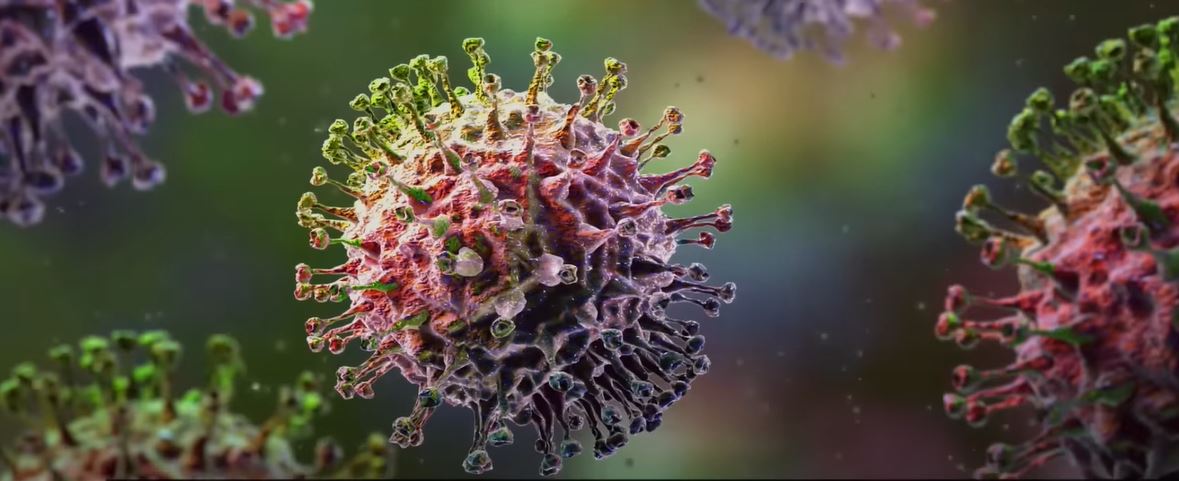
Human disease transmission has long been attributed to animals such as rats and bats. Surprisingly, a recent study has shown that humans pose a greater hazard than other animals since we transmit almost twice as many viruses to them as we do to them.
When University College London researchers examined the genomes of viruses, they discovered that most of the time (64%), the viruses spread from humans to other animals (anthroponosis). This makes reasonable in light of our sizable population and worldwide influence.
The spread is also aided by our actions. Animals are more vulnerable to the viruses we carry when their habitat is destroyed or polluted. This produces a double risk: viruses may continue to attack endangered animals or evolve in these new hosts and eventually return to humans.
Tracking the transfer of viruses from humans to animals will help us better understand viral evolution and, hopefully, prepare for future outbreaks and epidemics of novel ailments said by professor of UCL Genetics Institute. “In the meantime. The favorable tidings? More prone to jump species viruses mutate more quickly. Scientists can detect viruses with greater zoonotic potential—the capacity to infect humans—by keeping an eye on these alterations.
Furthermore, if a human-carried virus infects a new animal species, it may survive human eradication or even evolve new defense mechanisms before reentering the human population.